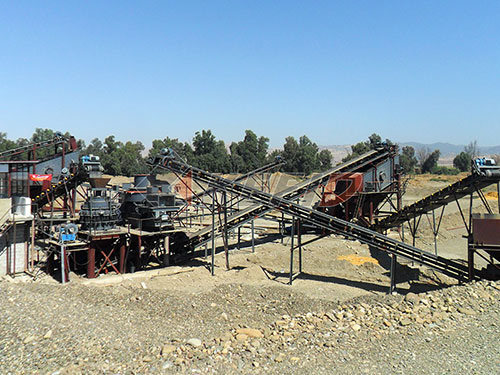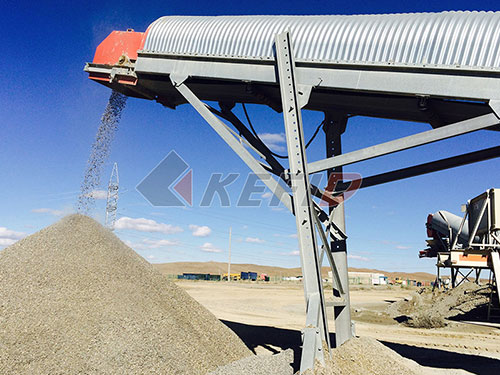The Cedar Rapids JS 2236 Jaw Crusher: A Legacy of Robust Primary Crushing
In the demanding world of aggregate production, mining, and construction recycling, primary jaw crushers stand as the foundational workhorses. Among the names that resonate with durability, reliability, and proven performance in this sector, Cedar Rapids holds a significant place. The Cedar Rapids JS 2236 Jaw Crusher embodies this legacy – a robust machine engineered for heavy-duty primary crushing applications where consistent throughput and long-term dependability are paramount.

Understanding the Legacy: Cedar Rapids & Terex®

It’s essential to contextualize the “Cedar Rapids” name. Historically synonymous with rugged crushing equipment manufactured in Cedar Rapids, Iowa, USA, the brand became part of Terex® Minerals Processing Systems (Terex® MPS). While newer models often carry the Terex® Jaques or Cedarapids® branding explicitly under Terex MPS, machines like the JS 2236 are frequently referred to by their original “Cedar Rapids” designation in the field due to their heritage and widespread recognition. This nomenclature persists among operators and industry veterans who recognize its lineage of strength.
The JS 2236: Core Specifications and Design Philosophy
The model designation “JS 2236” provides immediate insight into its key characteristics:
JS: Stands for “Jaw Series,” identifying its core function.
22: Indicates a feed opening width of approximately 22 inches (559 mm).
36: Indicates a feed opening length (gape) of approximately 36 inches (914 mm).
This substantial feed opening is crucial for accepting large run-of-mine or quarry shot rock efficiently. The design philosophy behind machines like the JS 2236 emphasizes:
1. Robust Construction: Heavy-duty fabricated steel frames designed to withstand immense crushing forces and harsh operating environments.
2. Simplicity & Reliability: Proven mechanical designs with fewer complex components translate directly to higher uptime and easier maintenance.
3. Performance Efficiency: Optimized crushing chamber geometry for effective nip angles and material flow to maximize throughput capacity per unit of energy consumed.
4. Serviceability: Engineered with maintenance access points strategically located for critical components like bearings, toggle seats, and jaw dies.
Anatomy of a Workhorse: Components
Delving into its structure reveals why it’s built for endurance:
1. Frame: A massive weld

Leave a Reply